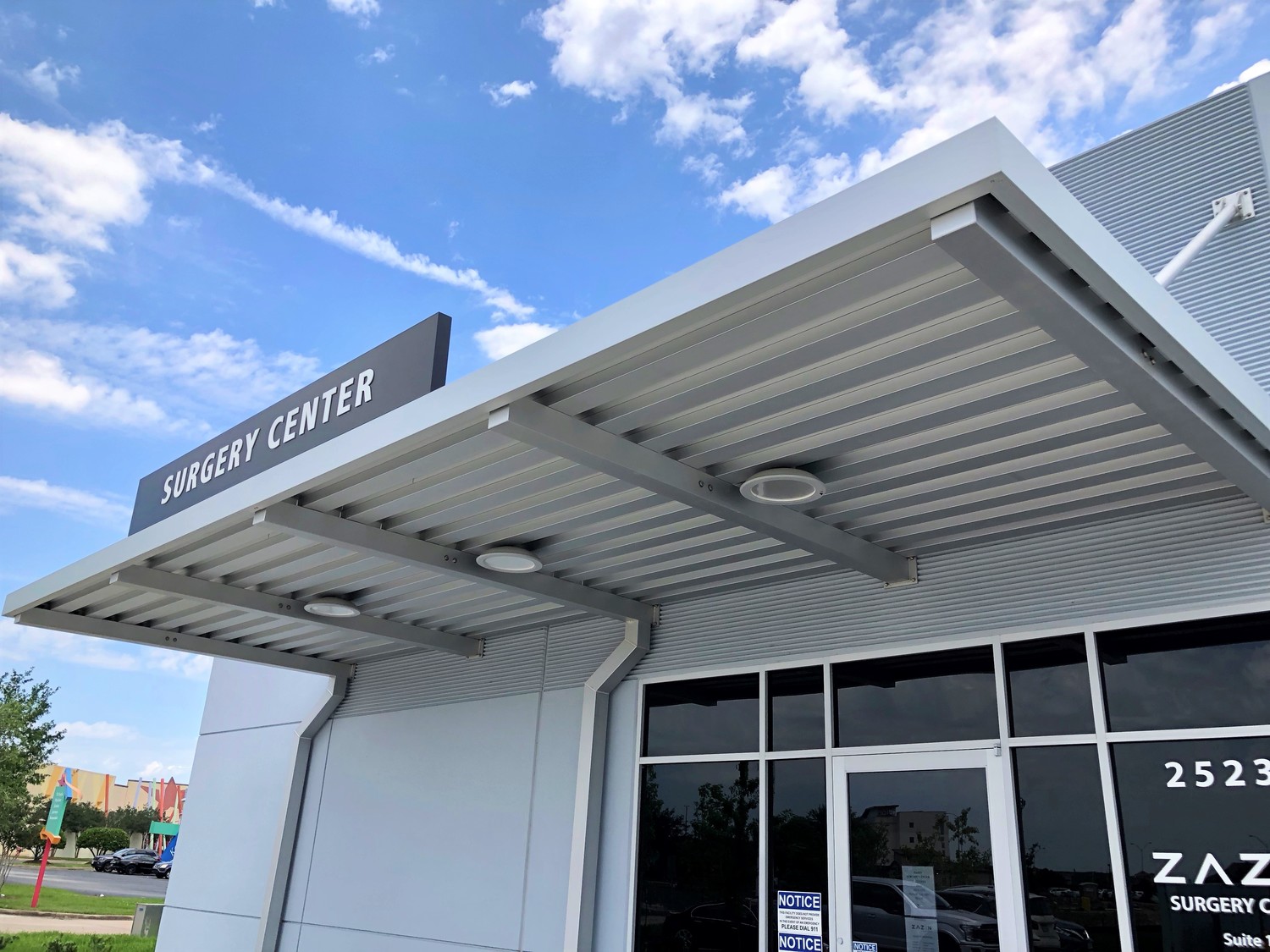
Canopies are architectural elements that serve both functional and aesthetic purposes in building design. These overhead structures are often used to provide shelter, shade, or identity to a building or outdoor space. What’s intriguing is that modern canopy solutions have evolved to include designs that eliminate the need for traditional support points, creating a sleek and minimalist appearance.
The absence of visible support points in these canopy solutions is achieved through innovative engineering and materials. One popular approach involves the use of tensioned membranes or lightweight materials such as ETFE (ethylene tetrafluoroethylene). These materials can be stretched across a framework or suspended from above, allowing for a visually open and unobstructed space beneath the canopy. This design not only looks elegant but also maximizes the sense of openness, making it suitable for various applications.
Another technique for creating point-free canopies involves cantilevered structures. In these designs, the canopy extends outward from a building’s facade without the need for columns or posts. This creates an impression of floating or levitation, contributing to a contemporary and futuristic architectural aesthetic. Cantilevered canopies are often used in entrances, walkways, and outdoor seating areas, enhancing the functionality and allure of these spaces.
Furthermore, the integration of advanced technology and automation has allowed for canopies that adapt to changing environmental conditions. For instance, some canopies are equipped with sensors and motorized systems that can automatically retract or deploy based on factors like sunlight, wind, or rain. These responsive canopy solutions offer enhanced user comfort, as they can provide shade on hot days or protect against rain when needed, all without the need for visible support structures.
In summary, canopy solutions without visible support points have redefined architectural possibilities, offering a combination of aesthetics and functionality. These designs leverage innovative materials, engineering, and technology to create visually striking, open, and adaptable spaces. Whether used in commercial buildings, public spaces, or residential settings, point-free canopies contribute to modern architectural landscapes by offering a sense of elegance, comfort, and versatility.